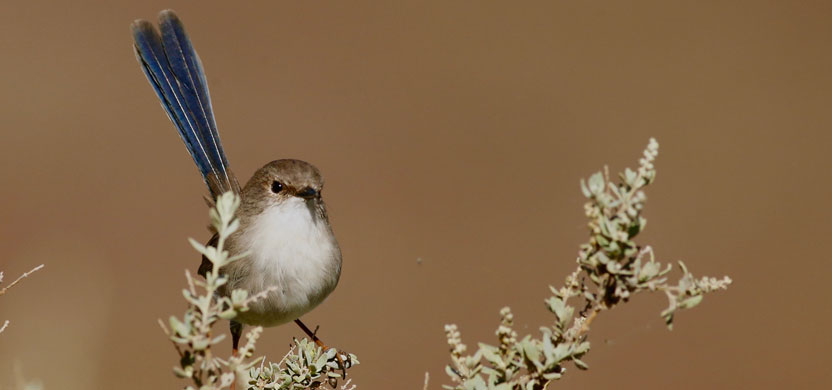
As urban areas expand, habitat for plants and animals dwindles. Is there a better way to design urban areas to maximise wildlife?
Associate Professor Dale Nimmo from Charles Sturt University in NSW is investigating how to distribute people for maximum biodiversity, with support from the Academy’s WH Gladstones Population and Environment Fund.
Since 2017, Dr Nimmo has undertaken 180 bird surveys across 30 landscapes in both Albury and Canberra, and pollinator surveys in Albury. Funding allowed Dr Nimmo to employ two research assistants to help him carry out these surveys. In 2018, he published a paper in the Journal of Applied Ecology revealing the importance of large continuous tracts of vegetation for bird conservation. Future work aims to reveal the impact of city size.
Dr Nimmo also focused on communicating his work to the public over the two-year funding period, completing interviews with local media, regional newspapers and the ABC, in addition to widespread media coverage of his paper.
The WH Gladstones Population and Environment Fund awards a grant for empirical research into the effect of Australia’s population on the environment. The fund was established in 2010 through generous donations from the late Dr William H Gladstones.
More information about the WH Gladstones Population and Environment Fund

© 2025 Australian Academy of Science